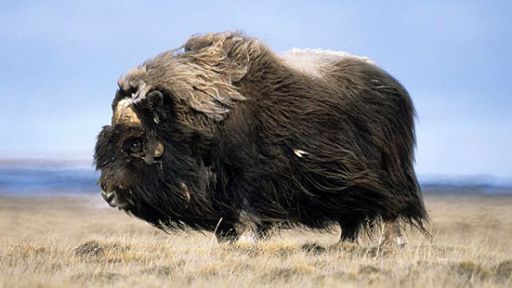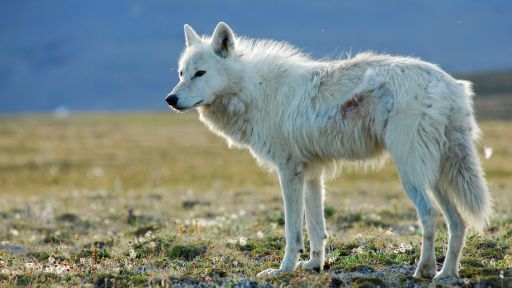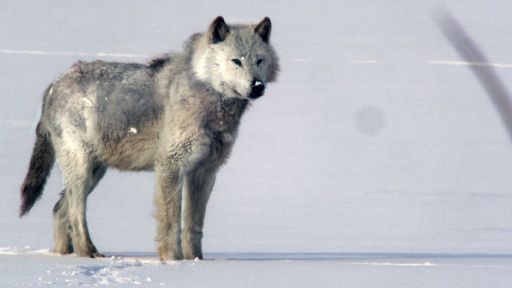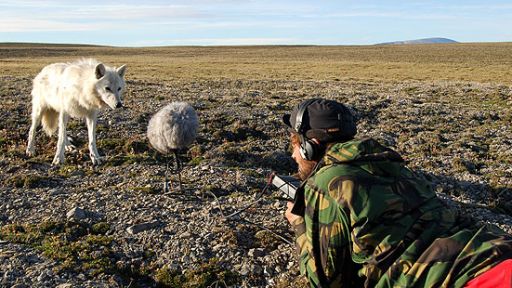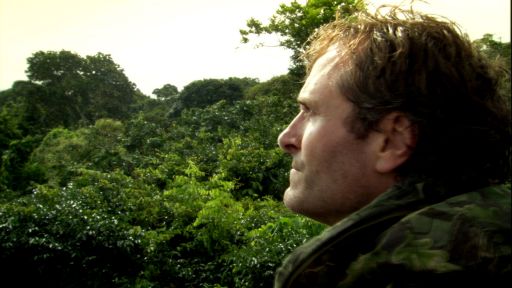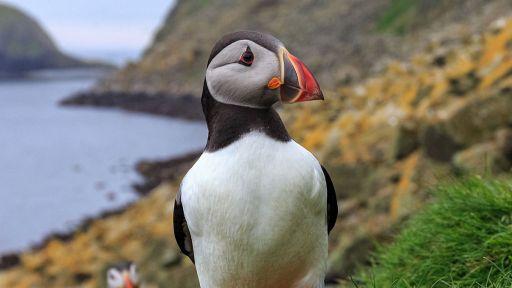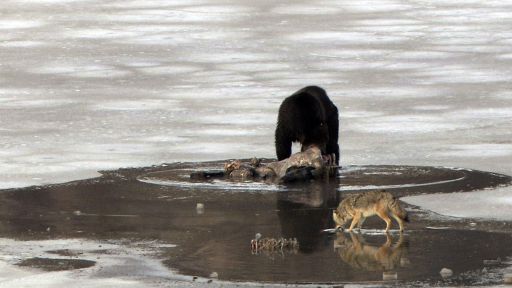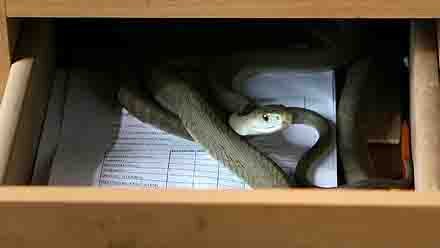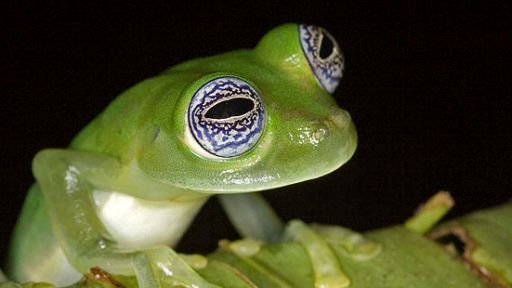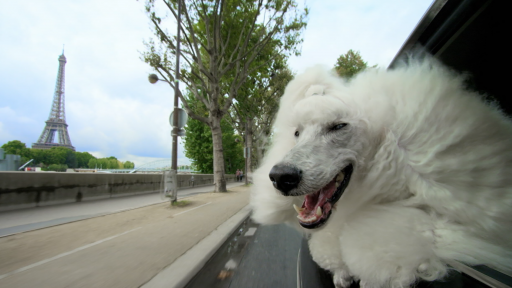IRENE: Can you tell me a little more about your role in filming White Falcon, White Wolf? You were in the forward advance party, correct?
JIM MCNEILL: Yes I was. I’ve been expeditioning in the Arctic for almost 25 years now and have a project called Ice Warrior, which trains people in everything that makes them competent and safe polar travelers, and in January 2006 I was training a senior BBC Producer called Fergus Beeley. As we were chatting during downtime I happened to mention that I had encountered various wildlife in specific hot spots. Wolves happened to be one of the animals, and I suggested he go to Ellesmere Island. We talked further about how Ice Warrior has an equipment store in Resolute Bay and I ended up guiding, outfitting and looking after the BBC film crew.
IRENE: Can you tell me about your job as an Arctic Explorer, for example, how you got interested in doing this type of work, how you started, and how long you’ve been doing this?
JIM MCNEILL: I feel really privileged to be a “professional” explorer, but it has taken nearly 25 years of investment. My own explorations are driven by three things. Firstly, my fascination for the region — the flora, fauna, history and people. Secondly, my desire to make my journeys as purposeful and as worthwhile as I can, which is why I do a lot of scientific data gathering. And lastly, my passion for capturing and telling the stories, warts-and-all, to audiences around the world in the hope they might begin to appreciate and protect their own environment. When I look after film crews it covers all three of these factors, which is very gratifying. As well as my own explorations, I set up other people’s and guide them into some of the remotest areas imaginable, which is constantly inspiring and challenging. Ironically I was first inspired as a result of being a bit of a bad boy at school, not knuckling down to studies and being the school’s practical joker. In an effort to set me straight the school sent me on a winter outward bound course which I absolutely loved and the grand, stately manor which housed this course had a fantastic polar library. So every spare moment I spent reading about the tales, trials and tribulations of early explorers. To think that I’ve become a modern-day version of those early pioneers is very humbling!
IRENE: Has a lot changed since you started?
JIM MCNEILL: Physically, the land and sea are ever changing and the response of all wildlife to global climate change is fascinating. As far as traveling is concerned the greatest change and challenge has been the unpredictability of the weather, making it less safe especially for sea ice travel and much harder to prepare for an expedition. A lot has changed and continues to change and that intrigues me further. Watching the power of Mother Nature either set a different course for our planet or deal with the idiosyncrasies and mistakes of us humans is wholly captivating and engaging, and there’s no better place to witness this than the Polar Regions.
IRENE: Were you responsible for finding the wolf pack featured in the film? If so, can you tell us a bit about how you selected them?
JIM MCNEILL: Yes I was. I chose these wolves for several reasons. I had been into this particular area on numerous occasions over a four-year period and had always encountered wolves, leaving me to believe that they were local; they seemed to be the same ones each time and I imagined going back to see “old friends.”
IRENE: I read an interesting story about one particular wolf that approached you while the crew was out filming. Can you tell me a little more about this?
JIM MCNEILL: This was Lucy. I know most wildlife professionals scorn at the idea of aligning animal behavior with human behavior, but she was elegant, beautiful and really cleverly cheeky. The first time I saw her she was completely fearless and came very close and then stole my jacket, taking it some distance away to play with. When I retrieved it I found it completely undamaged as if she were playing with me. Regularly, she’d get hold of one end of a rope I’d have lying around camp, turn and face me, waiting for me to give chase. If I did chase her she would continue to run just ahead of me, out of reach. If I didn’t she’d drop it a few meters away. Just before the end of filming I spent a couple of hours alone with her, playing almost as I would do with my dog at home. What I would call a wonderful ”Disney“ moment.
IRENE: Any other striking stories you’d like to share about filming White Falcon, White Wolf?
JIM MCNEILL: The first wolf we met was Bertie who quickly disappeared. The following day we went back to the same place at the same time in the hope of seeing him again and following him. Sure enough he turned up, but this time we were ready to follow him. He traveled about 10km along the beach in a westerly direction before making a 90-degree turn inland and up a very steep shoulder. We tried to follow him on our ATV but the terrain simply wouldn’t allow it. So, somewhat dejected we returned to the spot where we saw him first and to our astonishment we saw him coming back parallel to the beach some distance inland. We rushed to get inland towards him but once again he disappeared. Again we sat dejected on top of a prominent hill and in a very cool wind. Looking at my feet I realized there were tracks all around and leading further east and parallel to the beach. I suggested Harry follow the tracks while I head back to and along the beach. Not long after having reached the beach I got a radio message from Harry. “You won’t believe this Jim but I’m staring at eight wolves sitting around what appears to be a den.” “Yeeehaaa!” was my answer.

